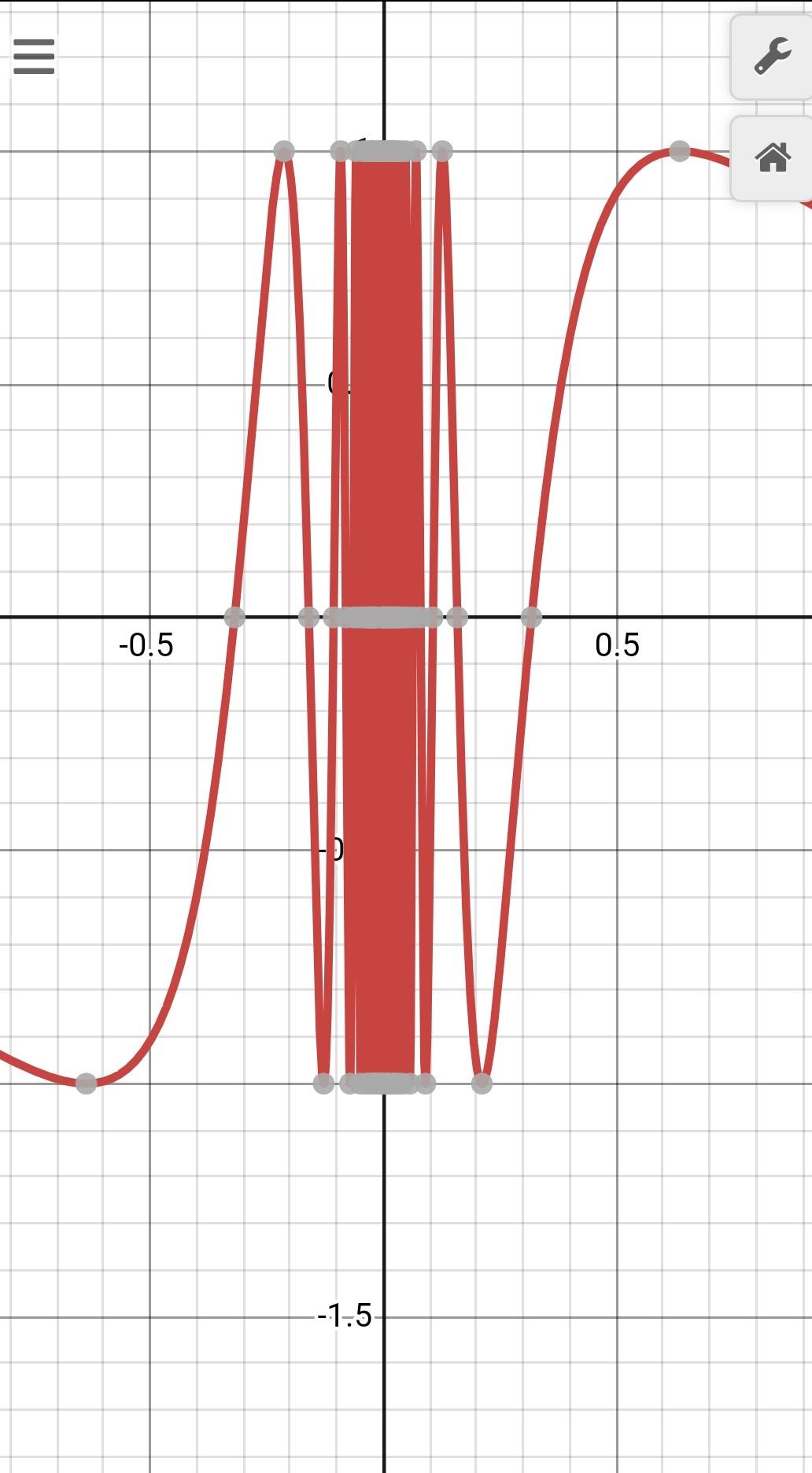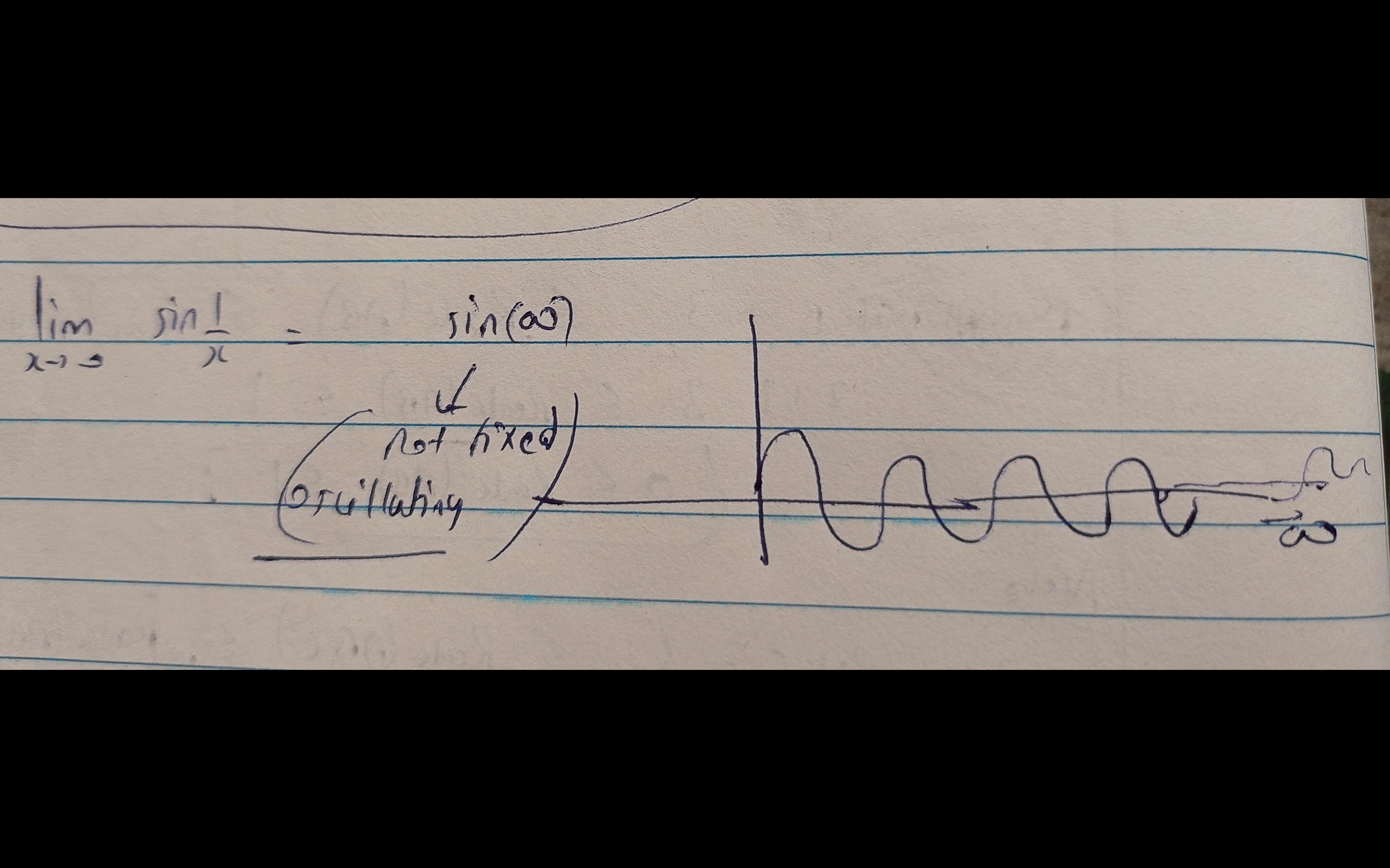Time management is very much important in IIT JAM. The eduncle test series for IIT JAM Mathematical Statistics helped me a lot in this portion. I am very thankful to the test series I bought from eduncle.
Nilanjan Bhowmick AIR 3, CSIR NET (Earth Science)- IIT JAM
- Mathematics (MA)
Please send the solution to the problem given in the attachment.
please send the solution to the problem given in the attachment.
- 0 Likes
- 3 Comments
- 0 Shares
-
![comment-profile-img]() >
>
-
![comment-profile-img]() >
>
![eduncle-logo-app]()
but in the nbd. of "0" its y values looks 👀 the same which I highlighted with the dots. what do you say about that??
![eduncle-logo-app]()
sin function cannot take value outside -1 and 1 so value here doesn't matter because it doesn't tend towards any thing. Go with epsilon delta definition of limit you will understand your misconception.
![eduncle-logo-app]()
Thank you, Piyush sir.
-
![comment-profile-img]() >
>
![eduncle-logo-app]()
see. by graph , there is oscillating at x=0
![eduncle-logo-app]()
but in the nbd. of "0" its y values looks 👀 the same which I highlighted with the dots. what do you say about that??
![eduncle-logo-app]()
when you zoom more , you get more rigorous oscillating . Displacement between two wave will become more smaller and smaller .
![eduncle-logo-app]()
you can check by graph of sinx also .
![eduncle-logo-app]()
ok Deepak sir!
Do You Want Better RANK in Your Exam?
Start Your Preparations with Eduncle’s FREE Study Material
- Updated Syllabus, Paper Pattern & Full Exam Details
- Sample Theory of Most Important Topic
- Model Test Paper with Detailed Solutions
- Last 5 Years Question Papers & Answers
Sign Up to Download FREE Study Material Worth Rs. 500/-











 >
>
 >
>



 >
>








Swapnajit das
here, the limiting value does not tends to a particular value rather it oscillates highly in NBD of 0. so the limit does not exist .